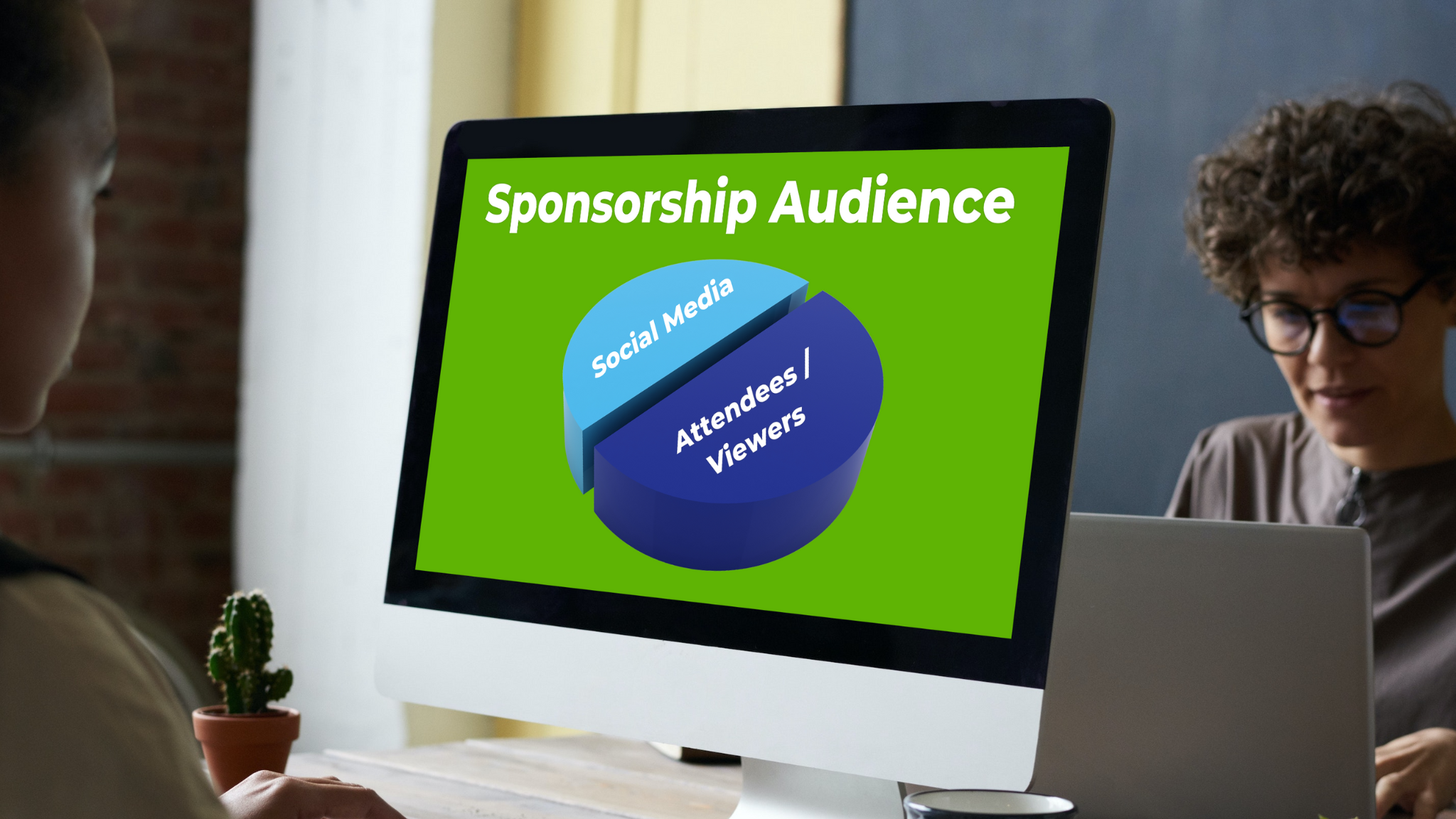
SPONSORSHIP AUDIENCE PSYCHOGRAPHICS ARE BETTER THAN DEMOGRAPHICS
Sponsorship Audience Psychographics offer different descriptions of a sponsorship audience than Sponsorship Audience Demographics.
So, if you ask me, “Which data set do you love more?”
No contest. I love psychographics the most.
Sure. Sponsorship Audience Demographics adequately describe baseline data about people, including their age, family status, household income, or education. This data also confirms whether a sponsor’s customers fit the sponsorship opportunity. Additionally, these data points often indicate the target audience for various products. For instance, persons with higher household income buy more luxury products. Gender may determine who purchases certain personal care products.
Unlike the more objective data set of demographics, Sponsorship Audience Psychographics data describes an audience’s interests, attitudes, beliefs, and aspirations. This data may represent affinity for certain societal causes, attitudes towards technology, or hobbies that fill consumer free time. It’s more about soft side data. Some data purists would disregard psychographics for this reason, but I’m the opposite. If people buy products and services for emotional reasons, psychographics gives us a sense of what drives that emotion.
Psychographic data also offers a rich source of information to amp up the sponsorship sales process and subsequent activations. Let’s explore three reasons for my psychographics admiration and how you can use this data in your sponsorships.
Three Reasons Why Sponsorship Audience Psychographics Are Better Than Demographics
Psychographics Establish a Sales Connection
A good proposal lays out the demographic connection between the property and the prospective sponsor during the sponsorship sales process. The prospect, being already familiar with their customers’ demographics, will recognize if there’s a sponsorship connection or not. However, demographics may only be the start of the process.
Let’s stick with the example of high household income. Household income may or may not drive individual attitudes or engage in certain hobbies. Some families may travel to Europe. Others may use their income to fuel an expensive hobby, like golf or boating. In contrast, others may be content with saving money and staying home to enjoy an evening of pizza and Netflix.
However, if you layer psychographics on top of demographics, you have a potent sales tool. In the example above, if a high-income audience loves camping, an outdoor equipment company may be a good sponsorship fit. If the audience cares for the environment, it may establish a good fit between a sponsor committed to recycling and a recycling non-profit looking for sponsorship. In both cases, psychographic data provides the seller with a good targeting opportunity to find the right sponsor.
Psychographics Connect on an Emotional Level
The best sponsorships connect on an emotional level. Consumers remember when a brand pulls at their heartstrings. That’s why I love sponsorship activations like P&G’s Olympic Thank You Mom campaign and Dr. Pepper’s College Football Tuition Throw.
Psychographics provide sponsorship marketers with an emotional road map. By identifying fundamental attitudes or beliefs, this data enables sponsors and properties to create sponsorship messages connected with consumers personally.
For instance, in the Procter & Gamble example above, P&G could have connected its products with the Olympic athlete experience or the fan experience. However, this sponsorship went deeper into the universal emotion of a mother’s love and support for a child (who happened to be an Olympic athlete).
This opportunity exists on every sponsorship platform, including social media, event marketing, or advertisement. The psychographic data inform marketers of the best direction to create emotional messages on those platforms. It can even positively impact sales attributable to the sponsorship.
Psychographics Can Help Create Meaningful Activation Programs
Sometimes, it is too easy to create activation opportunities that directly connect the sponsor to the property. That’s why a baseball sponsor may provide a free hat or a bobblehead of a player to fans at a game. However, psychographic data may inform a deeper activation connection with an audience.
For example, an auto racing league may have fans who love motorsports but are also avid DIYers or savvy investors. While it may be tempting to build activations around auto racing, like having a hands-on racing simulator in the Fan Zone, psychographic data informs alternatives that may have a more emotional impact on the audience. Several examples could involve holding sports-influenced investment workshops or tips for typical home improvement projects.
Final Thoughts
All types of audience data have a role in the sponsorship relationship. Demographic and psychographic data help connect audiences to valuable sponsorships. However, leveraging the power of psychographic information supports more effective sponsorship sales and greater emotional connection with audiences. That’s why I love this data. By using psychographic data more widely in sponsorship, I’m confident you’ll come to love it too.


